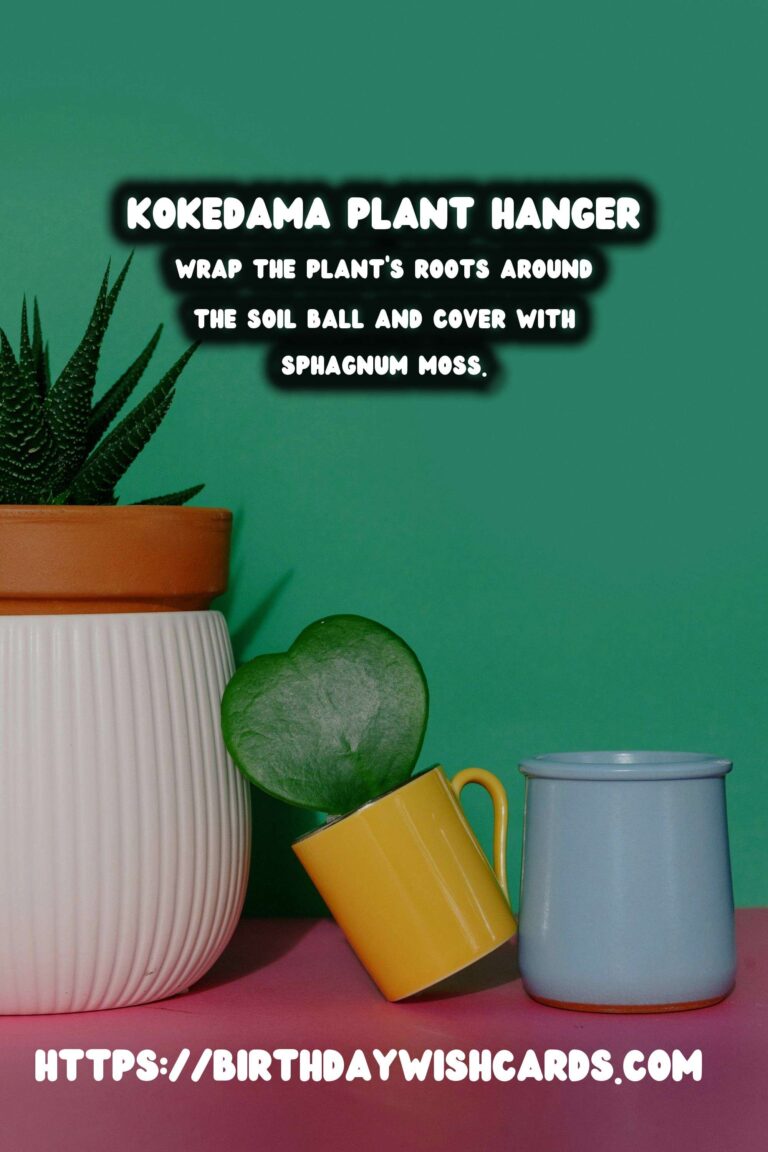
Kokedama, a Japanese word meaning ‘moss ball,’ is a unique and artistic way of displaying plants in your home. This gardening technique allows you to transform ordinary plants into captivating hanging displays. In this comprehensive guide, you will learn how to create your own kokedama plant hanger, enhancing your indoor garden with a touch of elegance and creativity.
What is Kokedama?
Kokedama is a traditional Japanese art form that involves wrapping a plant’s roots in a ball of soil, which is then covered with moss. This living sculpture is both a beautiful and low-maintenance way to grow and display plants. The moss ball can be placed in a dish or suspended with string to create a hanging garden.
Materials Needed for a Kokedama Plant Hanger
Before you begin, gather the following materials:
- Plant of your choice (small houseplants like ferns or succulents work well)
- Akadama soil or bonsai soil
- Peat moss or potting soil
- Sphagnum moss
- Twine, string, or fishing line
- Scissors
- Water
Step-by-Step Instructions
Step 1: Prepare the Soil Mixture
Mix the akadama soil with peat moss in a 7:3 ratio. This mixture provides the right balance of nutrients and drainage for your plant. If akadama soil is unavailable, you can substitute it with bonsai soil.
Step 2: Remove the Plant from Its Container
Gently remove the plant from its pot, being careful not to damage the roots. Shake off excess soil from the roots to prepare them for the moss ball.
Step 3: Form the Soil Ball
Moisten the soil mixture slightly to make it moldable. Take a handful of the mixture and shape it into a ball. The size of the ball should be proportional to the size of the plant’s root system.
Step 4: Wrap the Roots
Place the plant’s roots onto the soil ball and carefully wrap the roots around it. Add more soil mixture if necessary to ensure the roots are completely covered.
Step 5: Cover with Sphagnum Moss
Soak the sphagnum moss in water until saturated, then squeeze out excess water. Wrap the moss around the soil ball, ensuring it is completely covered. The moss helps retain moisture and provides a lush, green appearance.
Step 6: Secure with Twine
Use twine, string, or fishing line to secure the moss in place. Wrap it tightly around the moss ball, tying it off securely. You can create a loop at the top to hang your kokedama.
Step 7: Hang and Display
Choose a suitable location for your kokedama plant hanger, ensuring it receives adequate light. Use a hook or rod to hang your creation, and enjoy the beauty of your living art piece.
Care and Maintenance
To keep your kokedama healthy, mist it regularly to maintain moisture levels. Depending on the plant type and the environment, you may need to soak the moss ball in water once a week. Ensure proper air circulation and light exposure to prevent mold and promote healthy growth.
With these instructions, you can create a beautiful kokedama plant hanger that adds a touch of elegance to any space. Embrace the art of kokedama and enjoy the tranquility it brings to your home.
Kokedama is a traditional Japanese art form that involves wrapping a plant’s roots in a ball of soil covered with moss. This guide teaches you how to create your own kokedama plant hanger, enhancing your indoor garden. Mix akadama soil with peat moss to create a balanced soil mixture for your plant. Wrap the plant’s roots around the soil ball and cover with sphagnum moss. Secure the moss with twine and hang your kokedama plant hanger in a suitable location. 
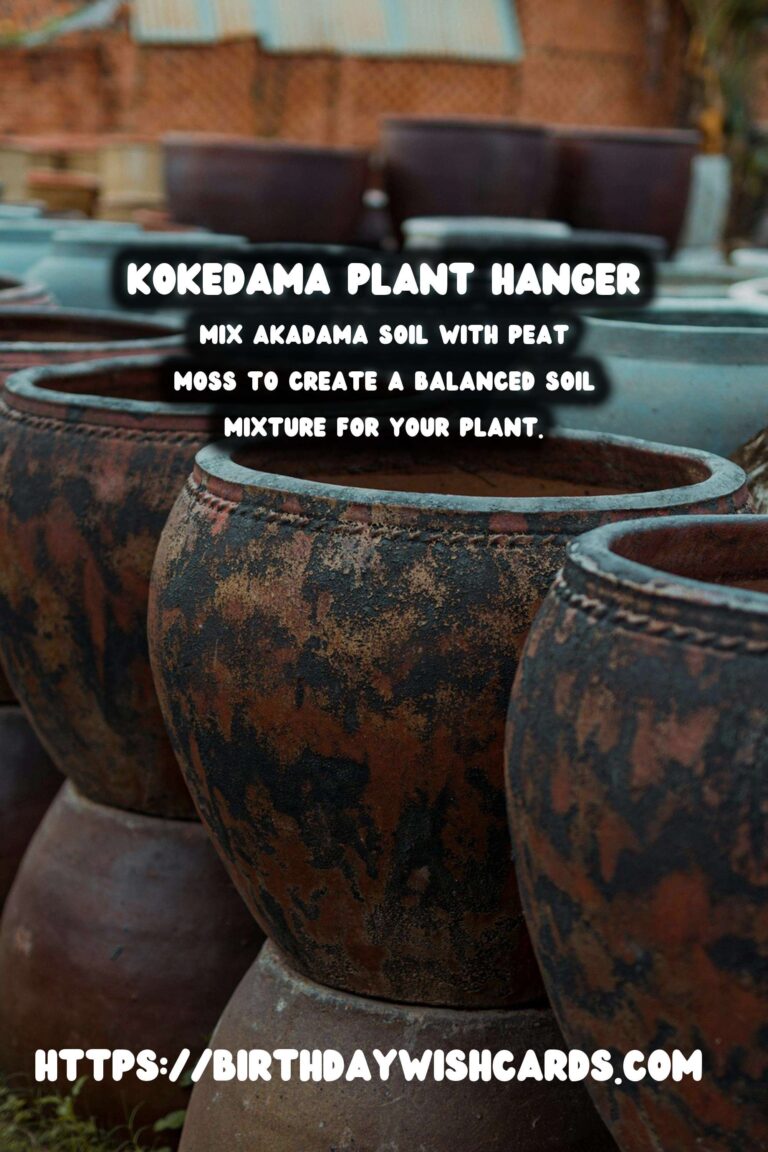
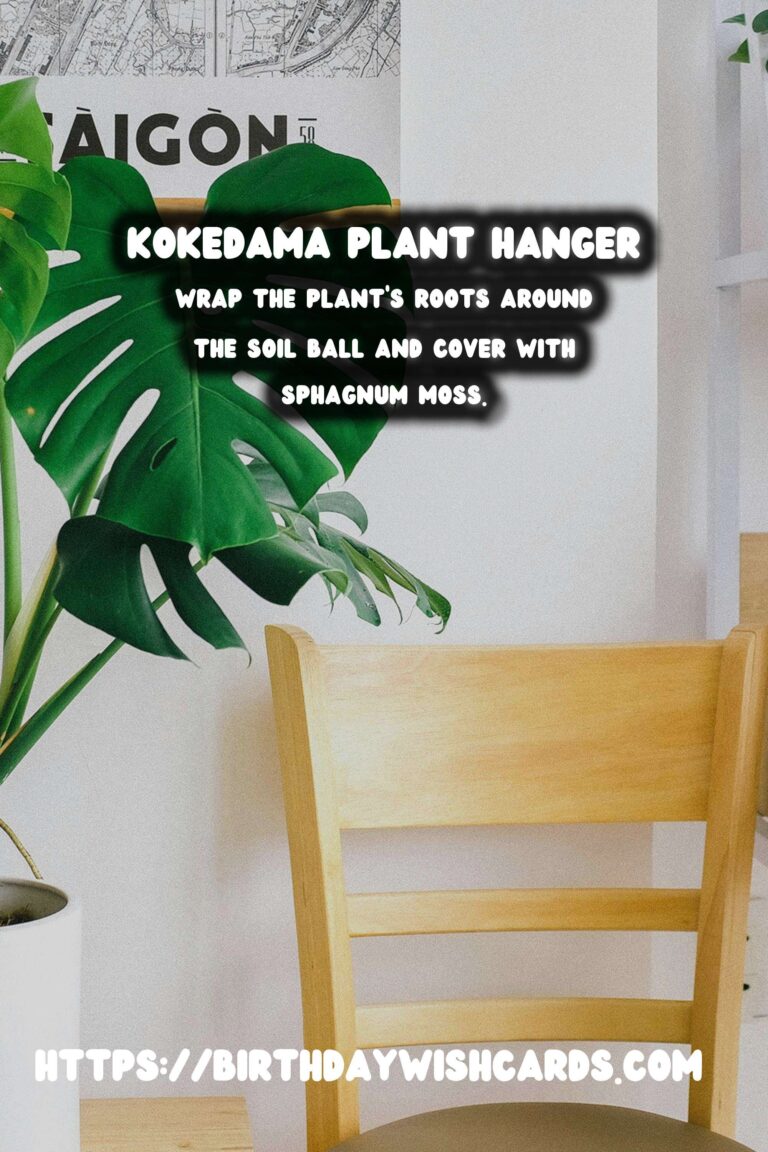
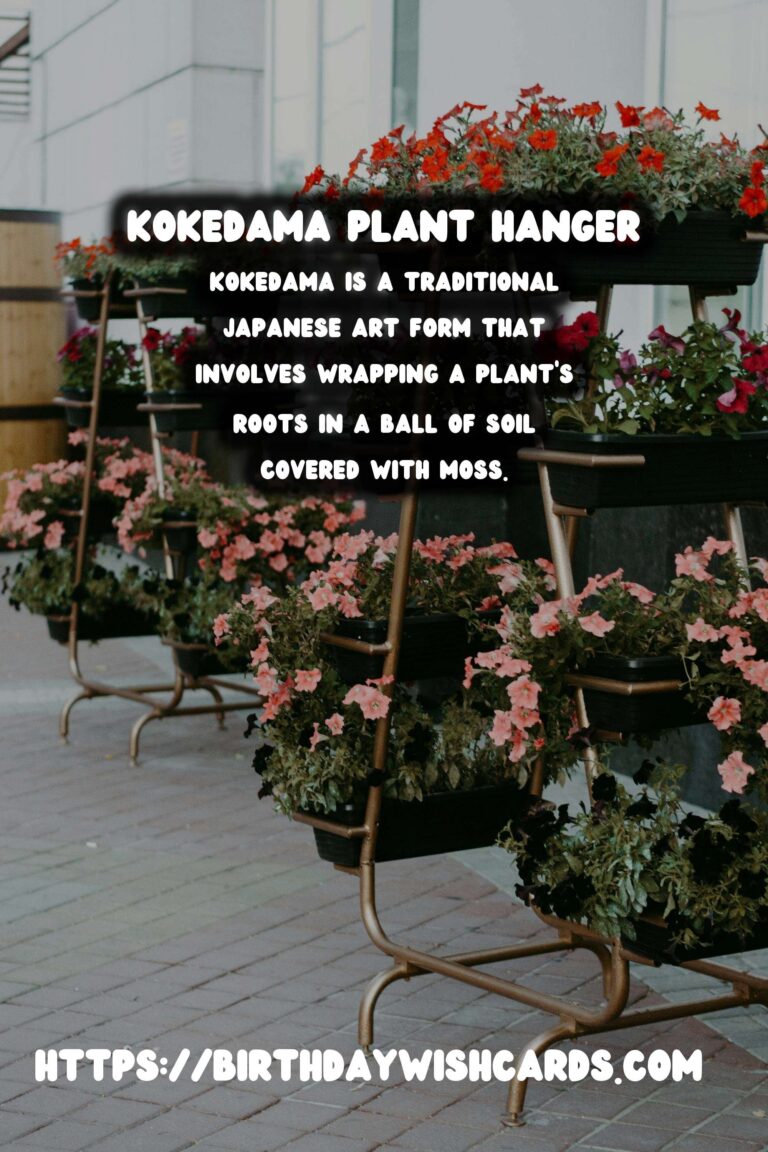
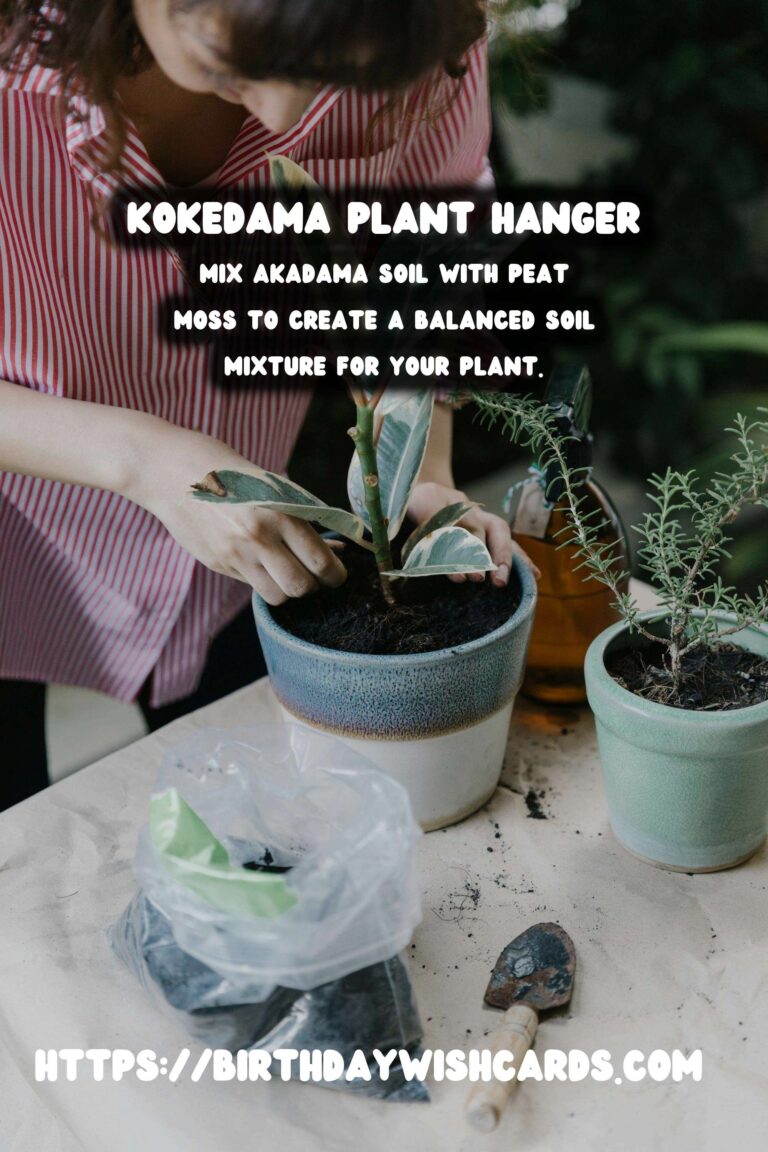
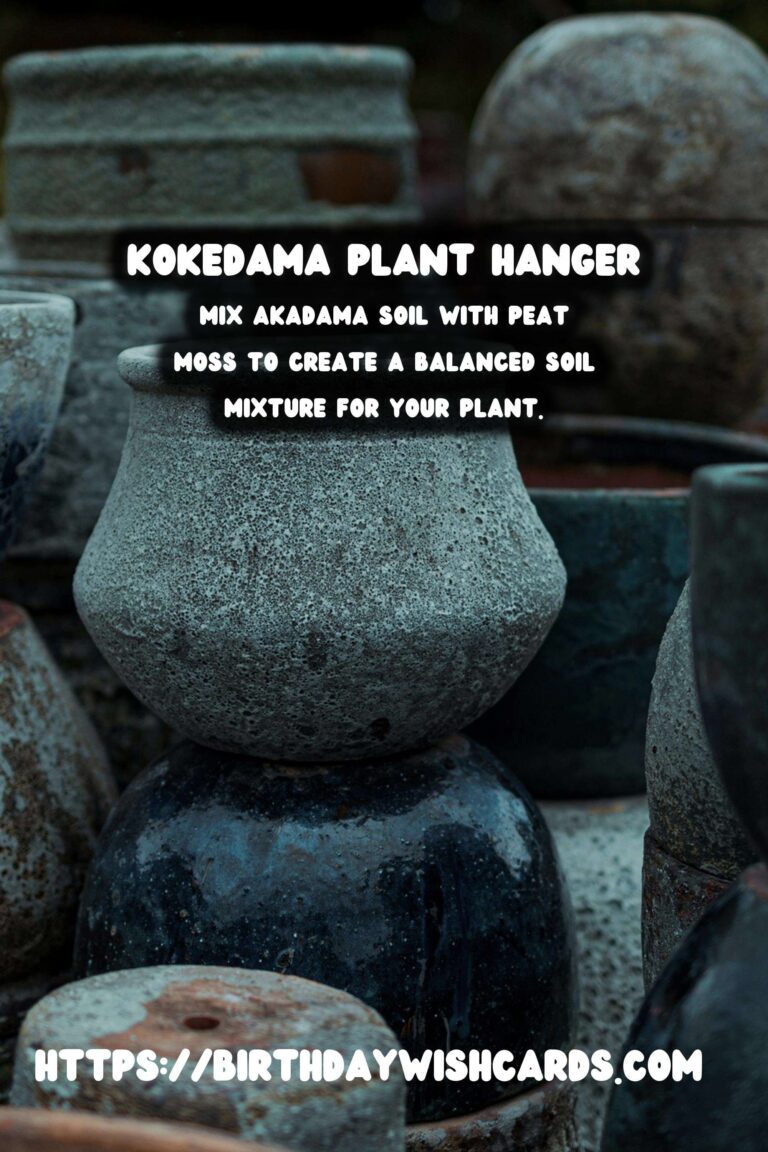
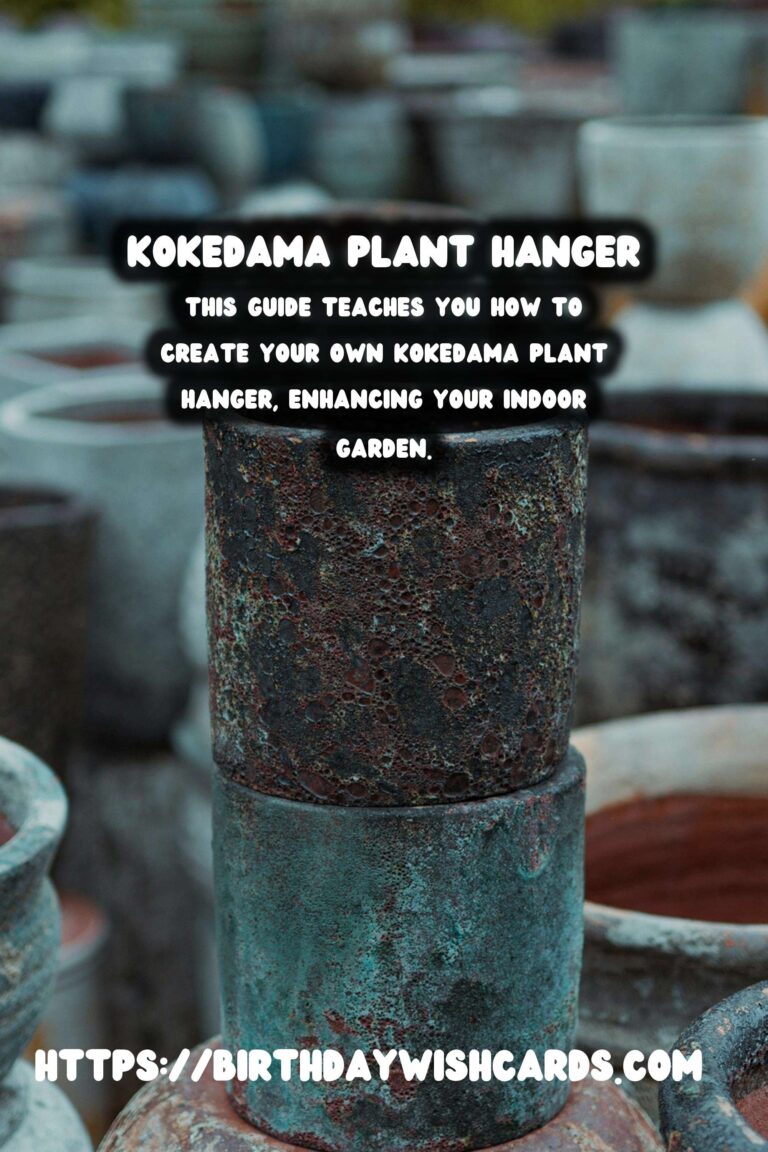
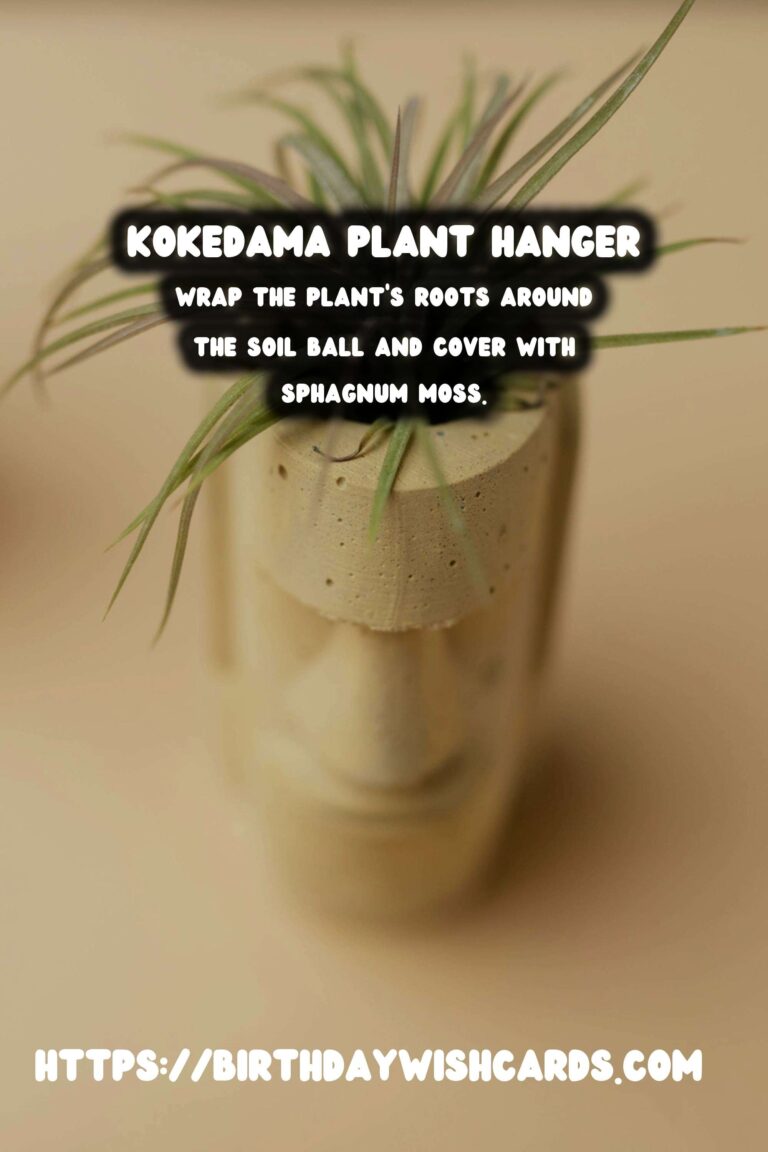
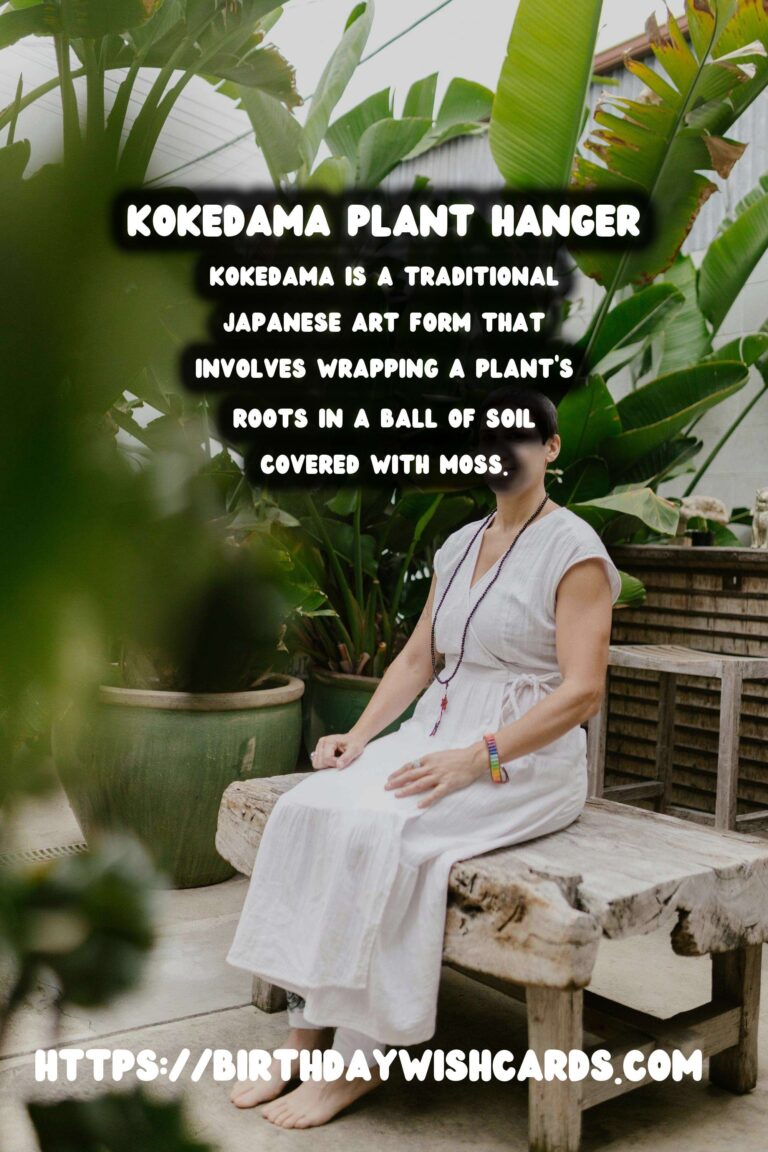
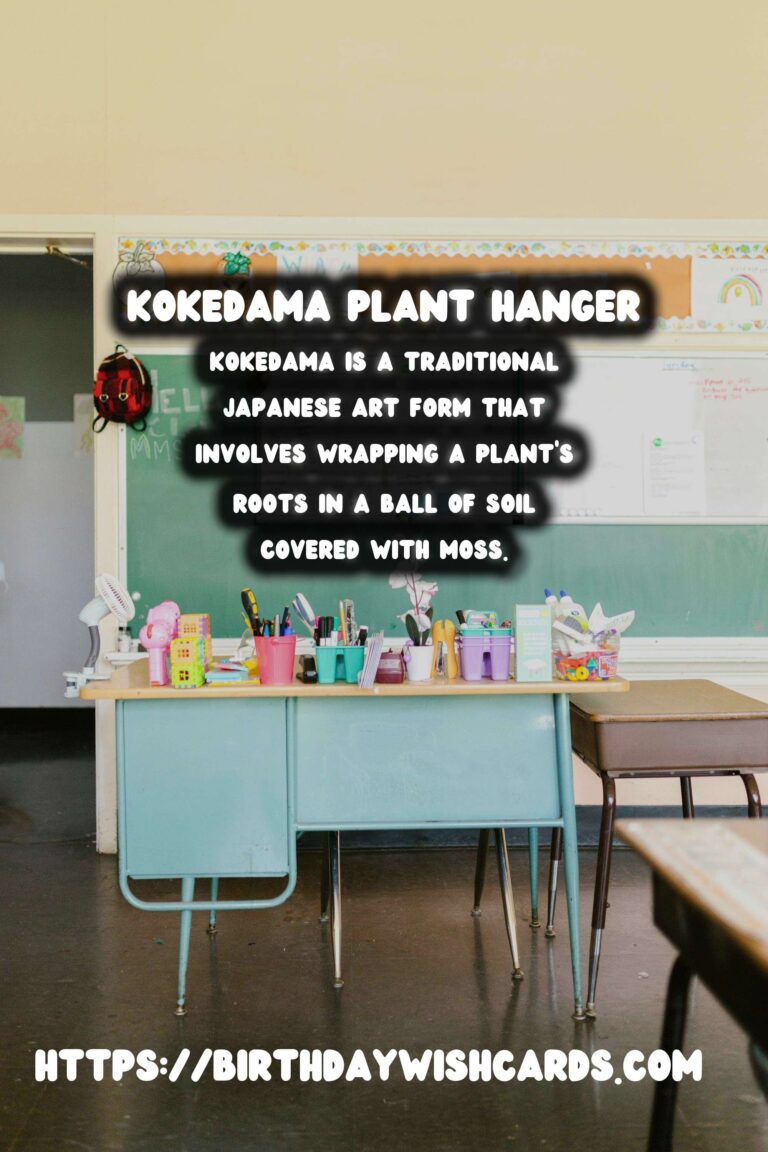
#Kokedama #PlantHanger #IndoorGarden #Gardening #DIYPlants




